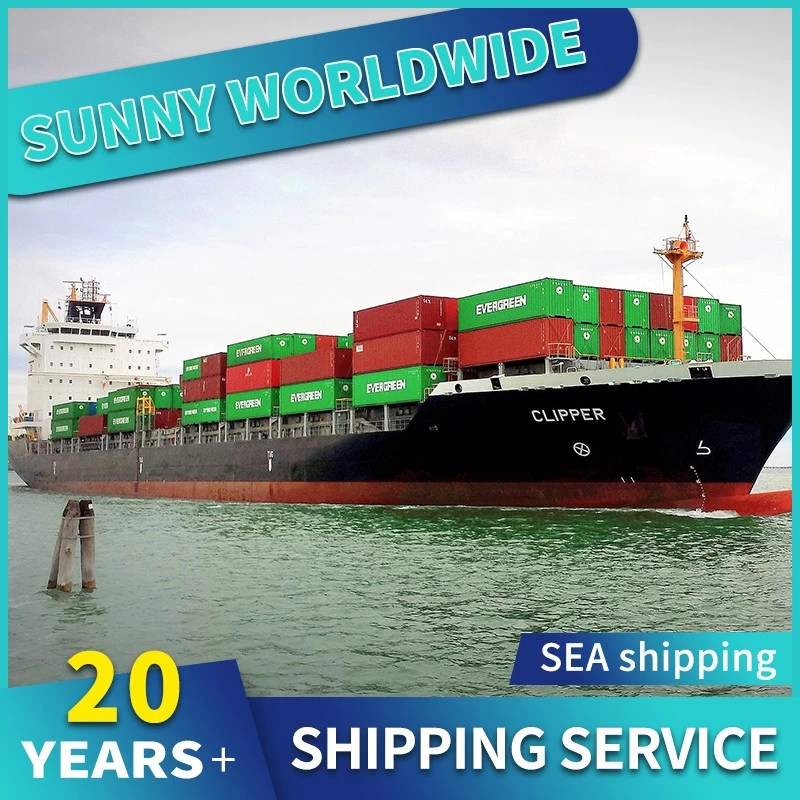According to a new report from maritime consultancy Drury, the escalating crisis is due to abrupt changes in carrier service patterns and vessel diversions, leading to increased yard congestion and reduced port productivity. Singapore and other transshipment ports are now grappling with congestion of shipping containers, with conditions comparable to peak levels during the pandemic.

According to Drury's Ports & Terminals Insights quarterly report, port productivity has been impacted, despite an 8% year-on-year increase in throughput at Singapore's port as of May. The report showed a 10% increase in processing time for 1,000 20-foot units (TEUs) to 0.32 days, which translates to a 41% increase in exchange time for ultra-large container ships, from 1.1 days in January to 1.7 days in May.
As previously reported, in addition to Singapore, Durban, Dammam, Chittagong, Colombo, Jebel Ali and other ports have also fallen into congestion. A few days ago, CMA CGM has issued a notice to charge a port congestion surcharge at the destination in consideration of the current congestion situation at the port of Dammam in Saudi Arabia. Effective June 20, 2024, $300 per 20ft container / $600 per 40ft container.
Main-feeder connections have also been complicated by the large number of blank sailings, congested terminals, and the priority of mainline vessels over feeder vessels, thus disrupting mainline-feeder services. Drury predicts that congestion at major transshipment ports will remain a significant problem. The situation is only expected to ease slightly as shipping lines bring in additional capacity and resume some of the disrupted schedules.